I treasure autumn in the northeastern United States. The multi-hued landscape near our cabin in the Adirondacks takes my breath away. Most of all, I marvel at the maple trees, which get most of the credit for the colorful show.
They are also the focus of endless local forecasting and leaf lore. When will the leaves begin to change? Why did that tree turn first? Why are some leaves red while others are orange or yellow? Will the colors be more vibrant this year?
It’s not just small talk. Rural communities in upstate New York and New England depend on the economic influx that visiting leaf-peepers bring, and the vividness of the leaves are clues about changes in the ecosystem.
Legions of websites attempt to explain and forecast maple leaf color, but the best information, at least that I’ve found, is based on studies by the USDA Forest Service, the University of Vermont and the State University of New York’s College of Environmental Science and Forestry.
Read on for the facts about fall foliage…
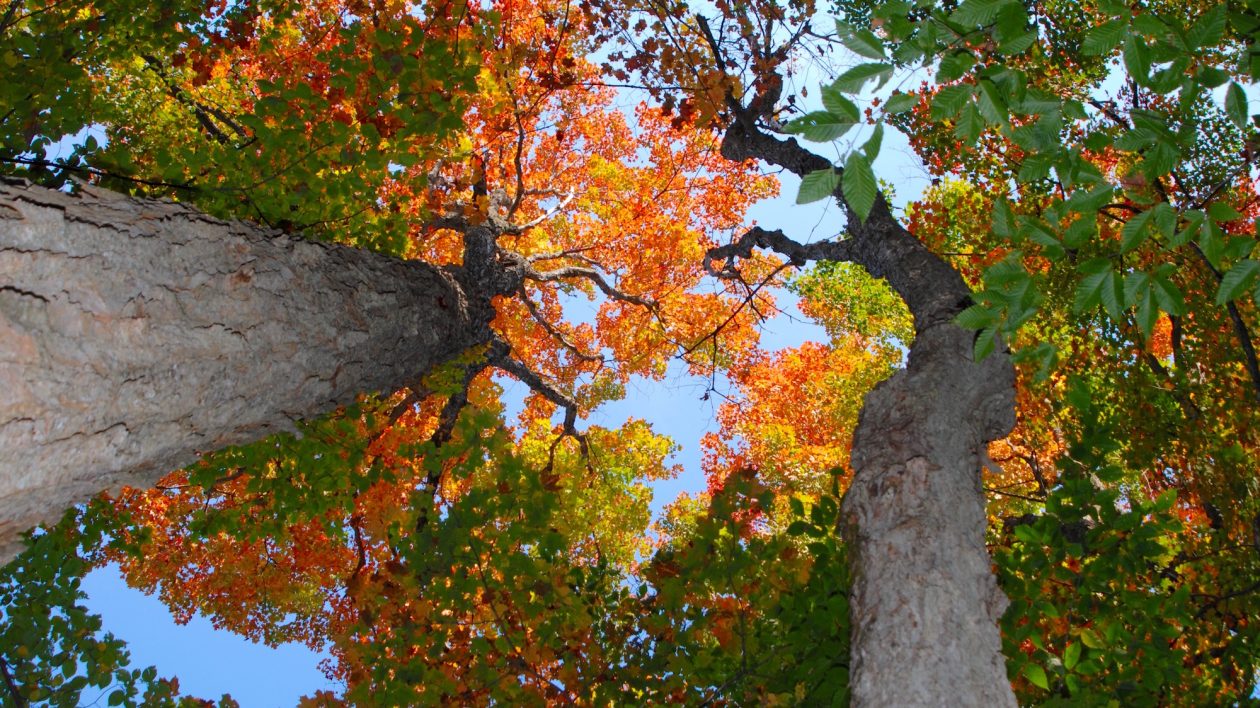
First, the basics.
Why do leaves change color? You’re already familiar with photosynthesis, the process in which leaves turn sunlight, water, and carbon dioxide into glucose (plant food) and then give off oxygen as a by-product. The chemical compound chlorophyll makes photosynthesis happen, allowing maple trees and all other green plants to grow during the spring and summer. It’s also what makes leaves look green.
After Labor Day, the shortening days and colder nights trigger the trees to prepare for winter. Photosynthesis shuts down, and chlorophyll fades from the leaves, allowing other colors to emerge. Some of those reds, yellows, and oranges have been there all along, masked by chlorophyll.
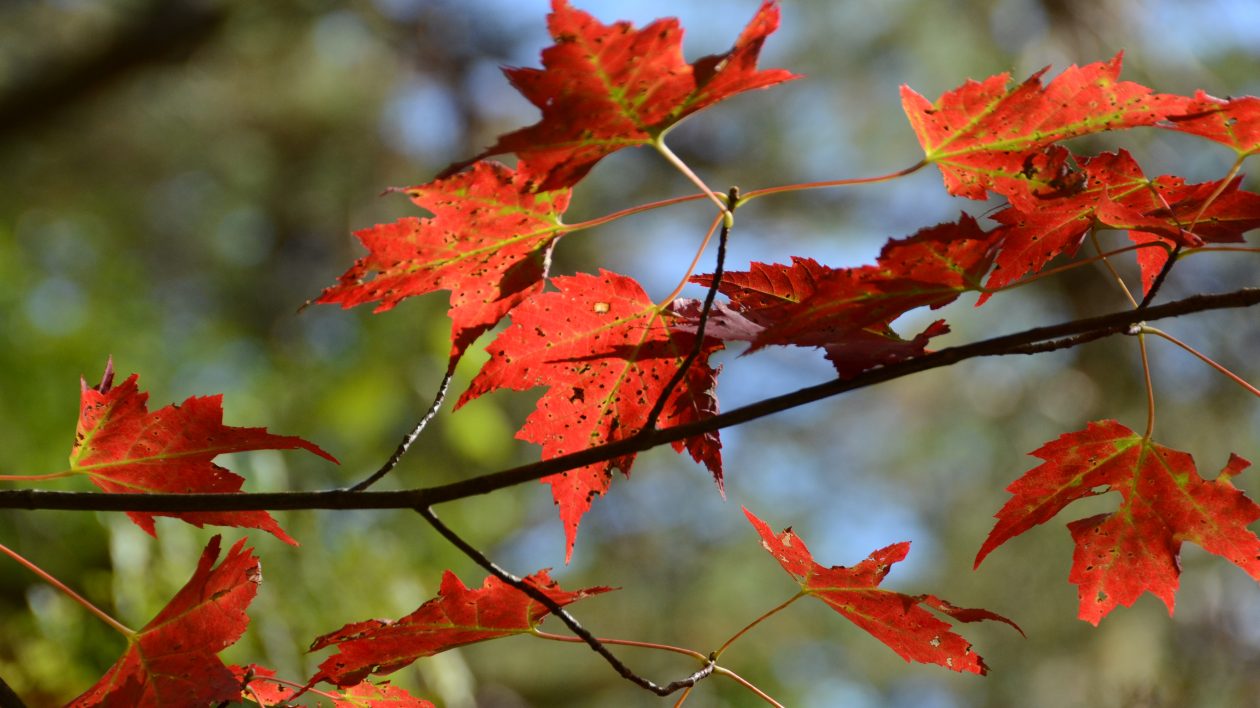
Why red?
Red in maple leaves comes from anthocyanin, an anti-oxidant that also makes reds and purples in fruits and vegetables, such as apples and beets, and in flowers, such as asters and violets. Anthocyanin protects tree leaves from disease and drought, repairs leaf damage and acts as a natural sunscreen.
During the fall, as the stems of maple leaves shut off from a tree’s branches, leftover glucose trapped in the leaves is used to increase the level of anthocyanin. Chilly nights that stay above freezing promote anthocyanin production.
For many years, researchers have wondered why a tree would expend energy to make anthocyanin in its leaves when it’s about to shed them. As red leaves tend to remain on branches longer than yellow and orange ones, some biologists believe they provide protection from frost and provide more sugars and nitrogen to the tree before they fall off.
Another theory suggests that anthocyanin from the fallen leaves gets absorbed into the soil around the base of the tree, protecting the tree while it’s dormant and preventing competing plants from taking root.

Why orange, yellow and brown?
Both carotenoid and flavonoid compounds contribute to orange leaf color, especially the carotenoid beta-carotene, the same chemical that makes carrots orange. Beta-carotene absorbs blue and green light waves and reflects yellow and red, which makes it appear orange in maple leaves.
Yellow leaf color comes predominantly from the cartenoid xanthophylls, which is similar to the pigment that makes egg yolks yellow.
Brown leaf color comes from tannins, waste products that are left after the other colors fade.
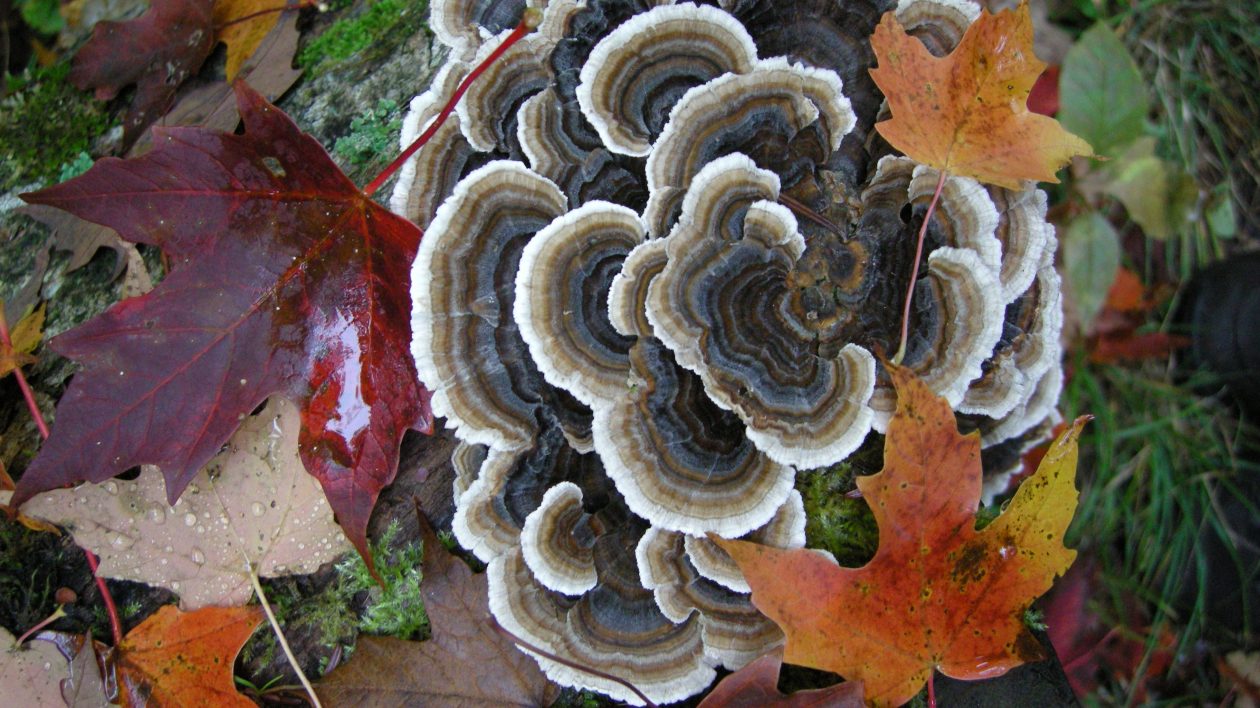
What makes the leaf color spectacular?
The most vibrant fall foliage occurs if three things happen weather-wise:
- The end of the summer is dry.
- Autumn days are sunny.
- Autumn nights are cool, ideally in the 40’s (F) and not below freezing.
Trees make more anthocyanin during these conditions. However, if days in September and early October are disproportionately overcast, and nights are mild, the foliage appears duller. If there’s an early frost, the show is over early.
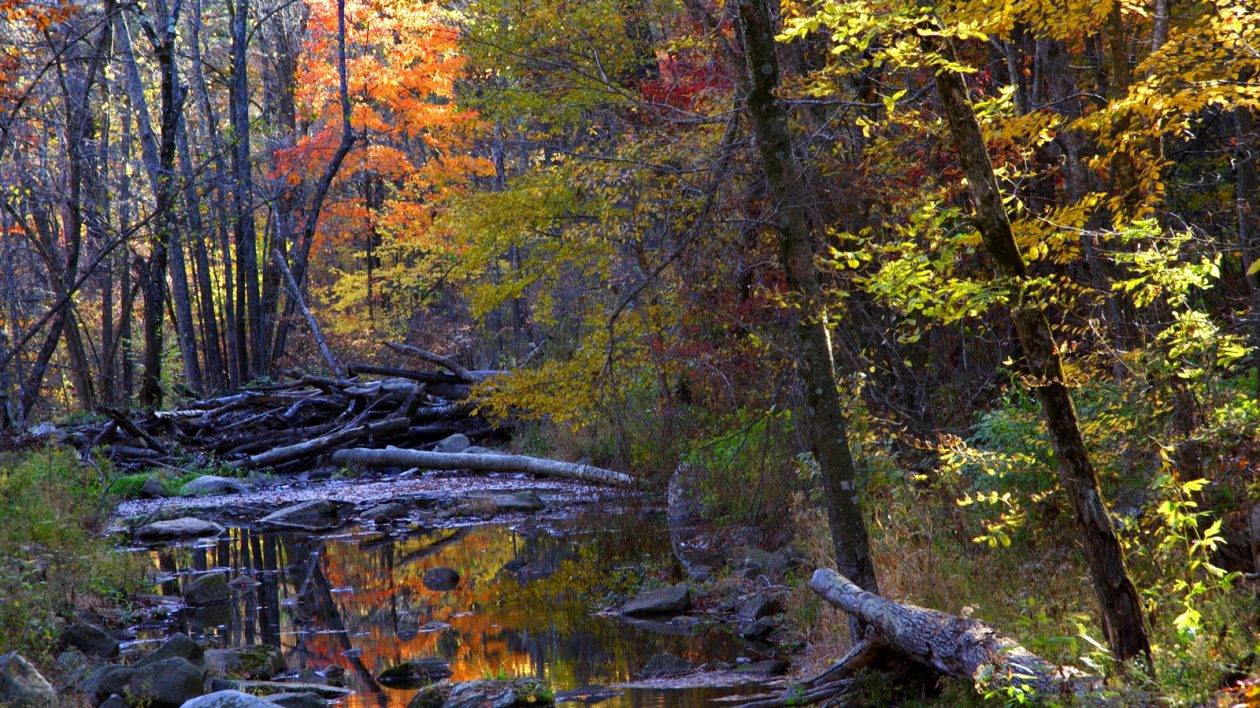
Early turners.
That tree that changes color a month before the others is probably not healthy. Maple trees convert more glucose to anthocyanin when stressed. An early turner might be nitrogen deficient, or it might be trying to rid itself of a bug by changing color. Some insects identify green leaves as food and abandon trees that turns red.
Warming Weather
If you’re wondering how climate change will impact fall foliage, the verdict is still out. In the near term, it will likely mean duller colors and a shorter or delayed leaf-peeping season. Over the long term, it might cause maples to migrate to higher elevations and much farther north.
During the last century, as the mean temperature in New York and New England has increased 0.7 degrees Fahrenheit, maples and other hardwoods have crept about 130 feet higher on mountainsides. Computer models by the National Oceanographic and Atmospheric Administration (NOAA) predict a much faster rate of temperature increase over the next 100 years, in the range of six to 10 degrees (F). That means, by 2118, Boston, Massachusetts will have a climate similar to Richmond, Virginia today, and the maples won’t tolerate it.
Luckily, that’s only one scenario. Of the five computer models generated by the USDA Forest Service for predicting the future range of various tree species, only one foretells the demise of the maple tree in New York and New England over the next century. I hope that model is wrong. Maple trees are special. They give us sweet syrup in the spring, shade in the summer, beautiful wood, and most magnificently, a colorful countryside in the fall. They are the gold and rubies of the forest, and worth treasuring.
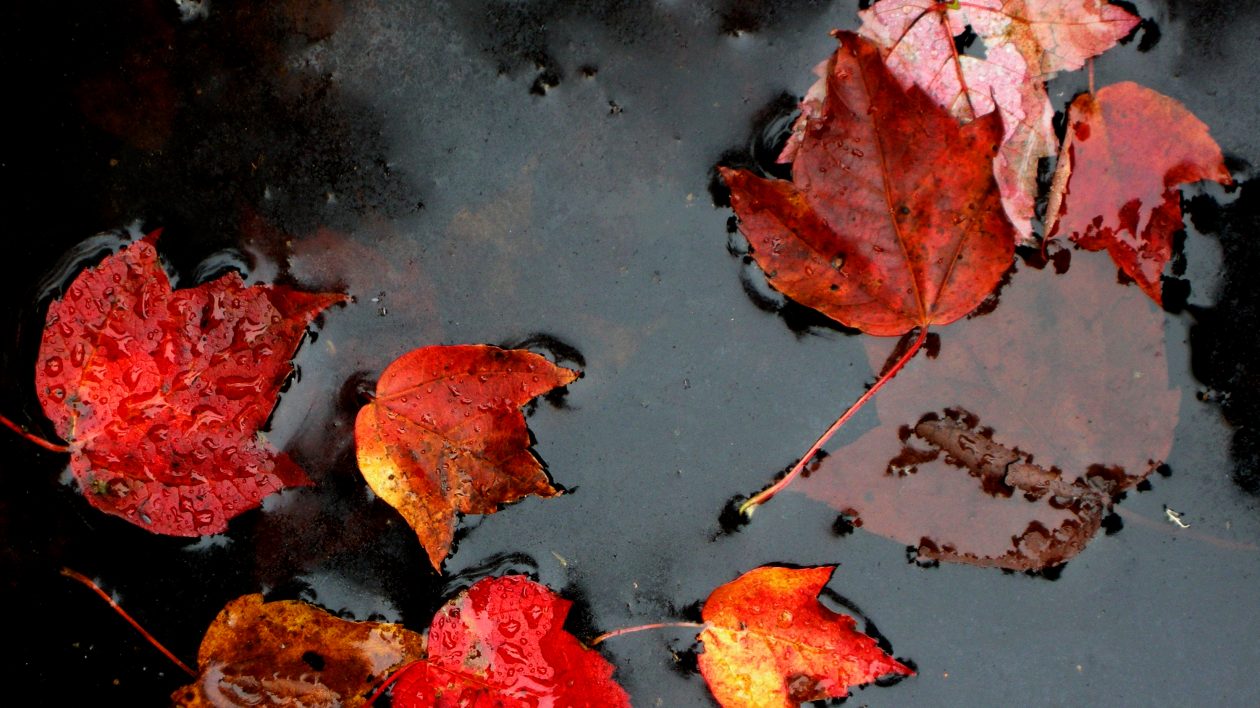
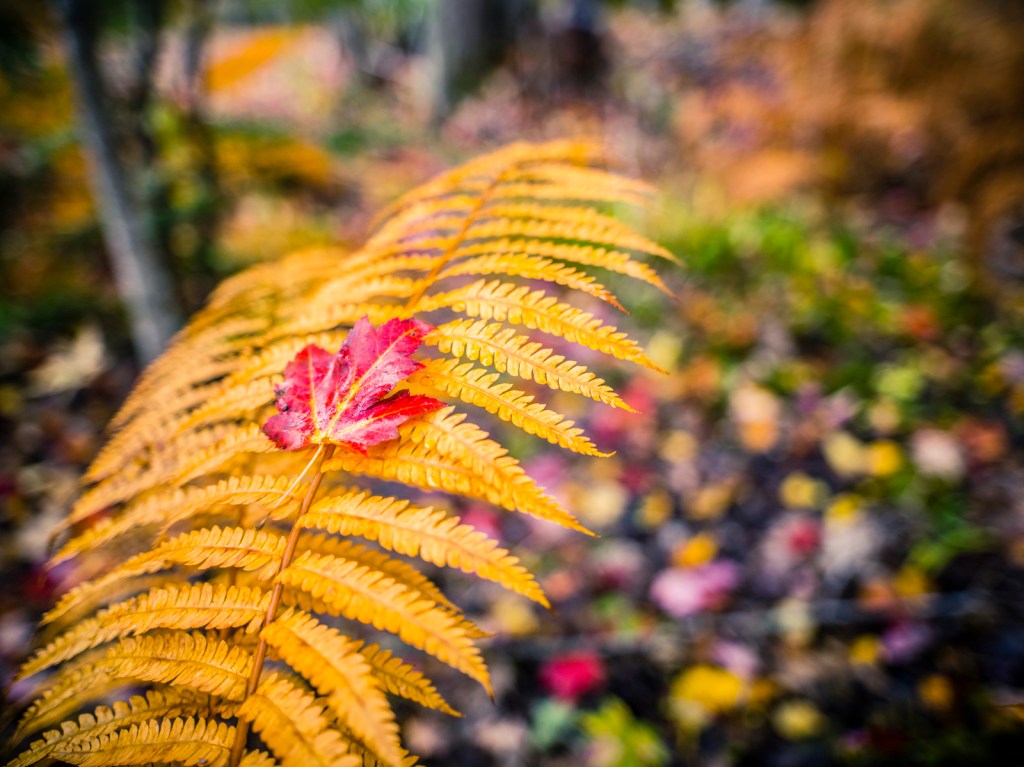



“This article couldn’t have been written any better. It answered what I was wondering and it did it clearly. Plus I could feel the enthusiasm in the writer’s tone, keeping me interested all the way through.”
The comment above, by Jade, are my thoughts exactly. I second that!
I absolutely love maple trees and the beautiful colors they turn in the fall. Thank you so much for such a well written informative article that was easy to understand and kept my attention right to the very end!
Thank you for this. I have a degree in Botany but you don’t learn (or remember)everything necessarily. Maples and their leaf color is very important to me right now and it can be so confusing and complicated. I think a lot of my Maples are hybridizing and I’m having a hard time figuring out who’s what and where. Thank again for this well written summary and synopsis of the basics. I needed it.
Before I started reading this article, I thought each leaf would go from yellow, to orange, to red, and to brown. It sounds more like it goes from green to one color to brown. Is this accurate?
This article couldn’t have been written any better. It answered what I was wondering and it did it clearly. Plus I could feel the enthusiasm in the writer’s tone, keeping me interested all the way through.